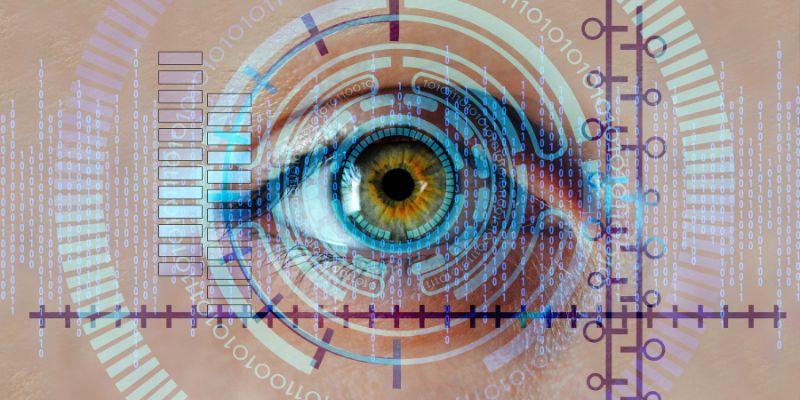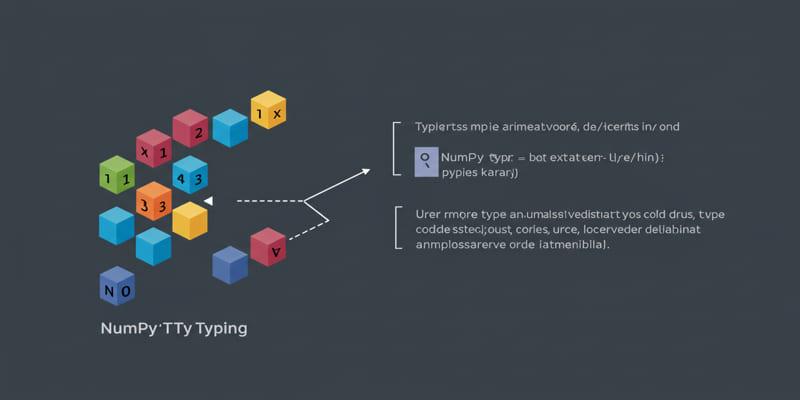A stochastic process describes systems that evolve randomly with time, like weather, finance, or traffic. Despite being confusing it helps to explain random changes. Real-life application of stochastic processes explained in simple terms using simple examples of what stochastic processes are, how it works.
 A stochastic process is a family of random variables which has an interpretation as the behavior of something with time. These alterations are not linear and thus you cannot be that accurate in predicting them. Going by an example, when you toss a coin once a minute, you get the random result, however the tossing does not stop. This is the simplest case of stochastic process.
A stochastic process is a family of random variables which has an interpretation as the behavior of something with time. These alterations are not linear and thus you cannot be that accurate in predicting them. Going by an example, when you toss a coin once a minute, you get the random result, however the tossing does not stop. This is the simplest case of stochastic process.
There are several types of stochastic processes. Here are a few commonly used ones:
Each type is chosen based on the kind of randomness and change being studied.
Stochastic processes become very useful in uncertain environments to make a decision. They assist engineers, scientists, and decision-makers to learn patterns, plan in advance and make better systems. These models would make dealing with or forecasting randomness much more hard without them.
Stochastic processes have a wide range of practical applications across various fields, enabling us to model and analyze systems influenced by randomness and uncertainty.
Weather is one of the most common examples of a stochastic process. Meteorologists use data such as temperature, humidity, and wind to predict future weather. Since weather changes constantly and involves many variables, it can’t be predicted with full accuracy. Stochastic models help improve the reliability of short- and long-term forecasts.
Stock prices, interest rates, and currency values all change randomly over time. Financial analysts use stochastic models like Brownian motion to study price movements, manage risks, and make predictions. These tools support investment strategies, even though the markets are never fully predictable.
In customer service centers or hospitals, you often find queueing systems. People arrive at random times, and service time can vary. Stochastic processes help optimize such systems by predicting wait times, reducing congestion, and improving efficiency.
Goods being moved from one place to another are often delayed due to various unpredictable reasons—traffic, weather, demand spikes, etc. Stochastic models help plan inventory levels and distribution schedules to avoid stockouts or overstocking.
Traffic patterns change depending on the time of day, weather, or road conditions. Stochastic processes help traffic engineers understand these patterns and design better road systems, control traffic signals, and plan public transport routes.
Stochastic processes provide a robust framework for navigating uncertainty and making informed decisions across various industries and disciplines.
In areas like insurance and project management, understanding the probability of different outcomes is crucial. Stochastic models allow professionals to simulate possible futures and prepare for different scenarios. This helps in reducing risks and improving responses to unexpected events.
Although we won’t go into sensitive health topics, stochastic processes are used to model general patterns such as hospital admission rates or resource allocation. These models help institutions better plan for routine medical needs.
In factories, machine breakdowns and maintenance schedules are often unpredictable. Stochastic processes help determine the best times to perform maintenance or upgrades to keep production running smoothly.
A Markov chain is a type of stochastic process where the future depends only on the current state—not the past. For example, if you're trying to model whether it rains or shines tomorrow, and all you know is today’s weather, that’s a Markov chain.
Think of a user clicking between three web pages: A, B, and C.
The user’s next click depends only on their current page, not how they arrived there. This is a real-world use of a Markov chain.
 Stochastic processes may sound complex, but they bring real advantages when dealing with uncertainty. Whether it’s predicting weather or managing traffic, these models offer practical tools to handle random changes in systems. Below are the key benefits explained clearly:
Stochastic processes may sound complex, but they bring real advantages when dealing with uncertainty. Whether it’s predicting weather or managing traffic, these models offer practical tools to handle random changes in systems. Below are the key benefits explained clearly:
Stochastic models help decision-makers handle unpredictable situations by giving a range of possible outcomes. Instead of guessing, you can use data and probabilities to make smarter choices in business, engineering, or everyday operations.
Unlike fixed models that assume everything stays the same, stochastic processes consider random changes. This makes them more realistic for forecasting things like:
Businesses use stochastic models to improve the way systems work. For example:
Stochastic processes are excellent tools for identifying and managing risks. By simulating different scenarios, companies and planners can understand:
Resources like money, manpower, or machines are often limited. With stochastic models, you can distribute resources more effectively. For instance:
Some stochastic models work in real-time, which means they adapt as new data arrives. For example, weather forecasting systems update predictions every few hours based on new observations. This allows for timely decisions and flexible responses.
While stochastic models are helpful, they are not perfect. Their accuracy depends on:
Also, since they deal with randomness, they can never guarantee exact outcomes—only estimates with probabilities.
Stochastic processes may sound like something only mathematicians use, but they are part of everyday life. From predicting weather to planning delivery schedules and analyzing financial markets, these tools help us deal with uncertainty in smarter ways. Understanding the basics of stochastic processes can help you appreciate how many systems around you are planned and managed. It also shows how important mathematics is in keeping the world running efficiently.

Find how MapReduce powers scalable data systems, enabling efficient processing of massive datasets for modern enterprises.

Explore how evolving AI agents affect businesses, risks, and alignment, and why understanding their inner drives is crucial.

Learn how AI agents for sustainability improve productivity, streamline reporting, and revolutionise corporate operations globally.

Discover the seven reasons which make convolutional neural networks (CNNs) unbeatable when it comes to image tasks.

Understand RGB and HSV, why hue-saturation-value helps editing, and how to convert in both directions without banding or surprises.

Build accurate Excel data dictionaries by pairing OpenPyxl scans with AI agents for clear definitions, rules, and reviews.

Learn how a GPT stylist reveals the secrets of clear, contextual, and creative prompting that leads to better AI outputs.

AI scam tactics are becoming harder to detect as artificial intelligence helps scammers create fake voices, emails, and messages. Learn how to recognize and stop these digital traps

How to use ChatGPT’s new image generator with this simple step-by-step guide. Learn how to turn text into visuals using the latest AI image tool from ChatGPT

Inheritance is a fundamental software engineering notion that assists data scientists in constructing reusable code and creating scalable and maintainable endeavors in order to succeed in the long term.

Use NumPy typing to annotate and verify NumPy array shapes and dtypes to enhance Python project correctness and maintainability.

Discover how Microsoft Power BI elevated my data analysis and visualization workflow, transforming insights and boosting decision-making efficiency.